The Best Time to Bring Plants Inside for Winter
Bring your houseplants indoors for the winter before temperatures fall too low.
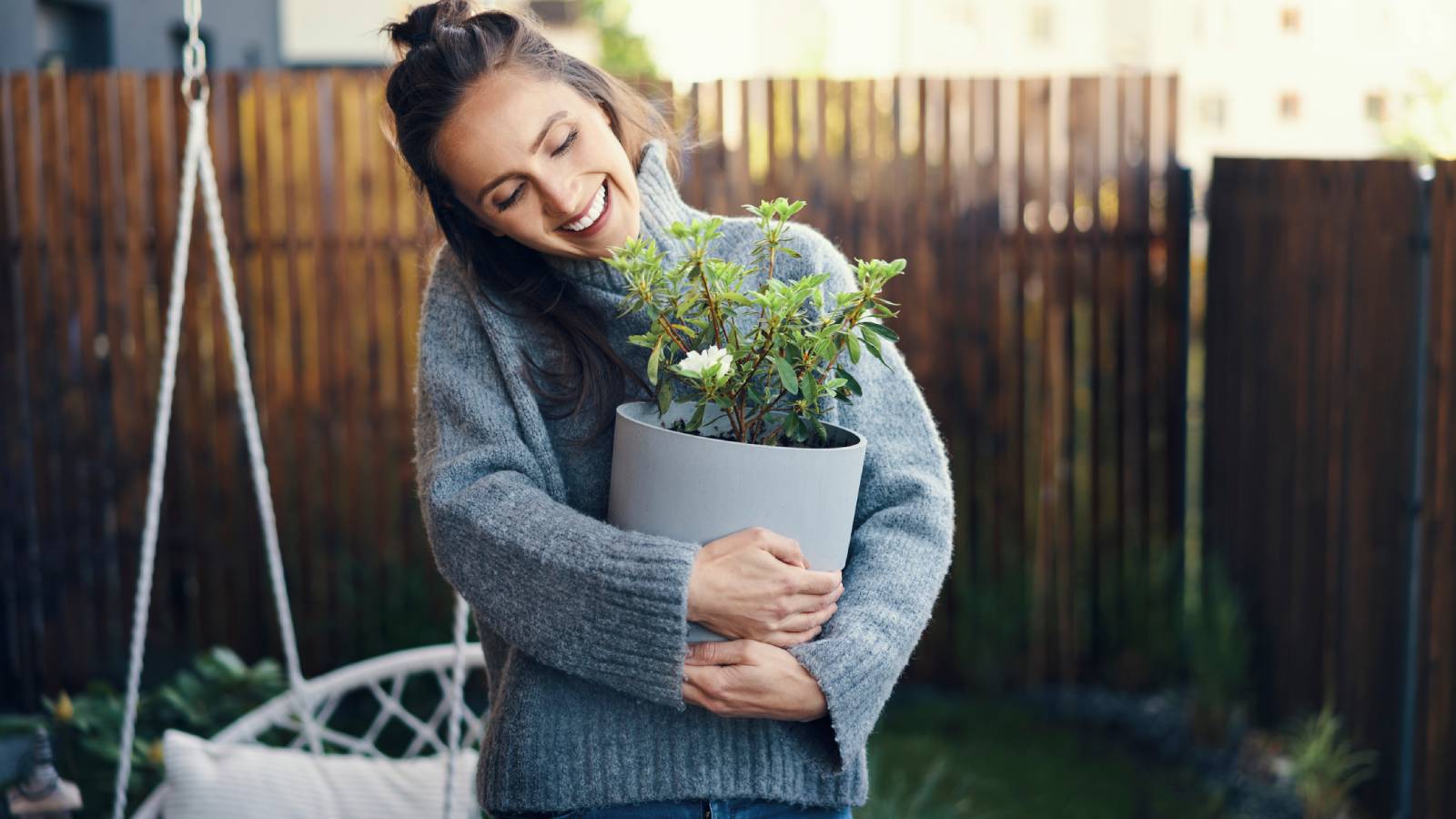
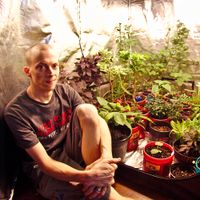
Figuring out when to bring plants inside after summer saves your outdoor gems from getting destroyed by cold. A single frost can zap tender herbs or begonias. Time it right, and they’ll stay lush indoors all winter. Miss the mark, and your plants collapse into a droopy mess.
Believe it or not, it's a little more complicated than picking a random time to bring them in. Watch the weather and know what your plants can take. Part of good houseplant care is nailing down the basics like light and water to make the move smooth. This isn’t something that you want to mess up.
Signs It's Time to Bring Plants Inside
Plants drop hints when cold’s creeping in. Spot yellowing leaves or droopy stems. Growth stalling out is another tip-off. Plants like basil or impatiens usually start to show these first. Keep tabs on the weather. A dip below 50F (10C) is a big signal that it’s time to move.
Night temperatures are the real kicker. When they start dipping down to 45F (7C), most plants get grumpy. Frost warnings are your last shot. Don’t let ice hit your pots. Cloudy days can mask cold snaps, so check forecasts every day. Moving early saves headaches later.
Temperature Guidelines
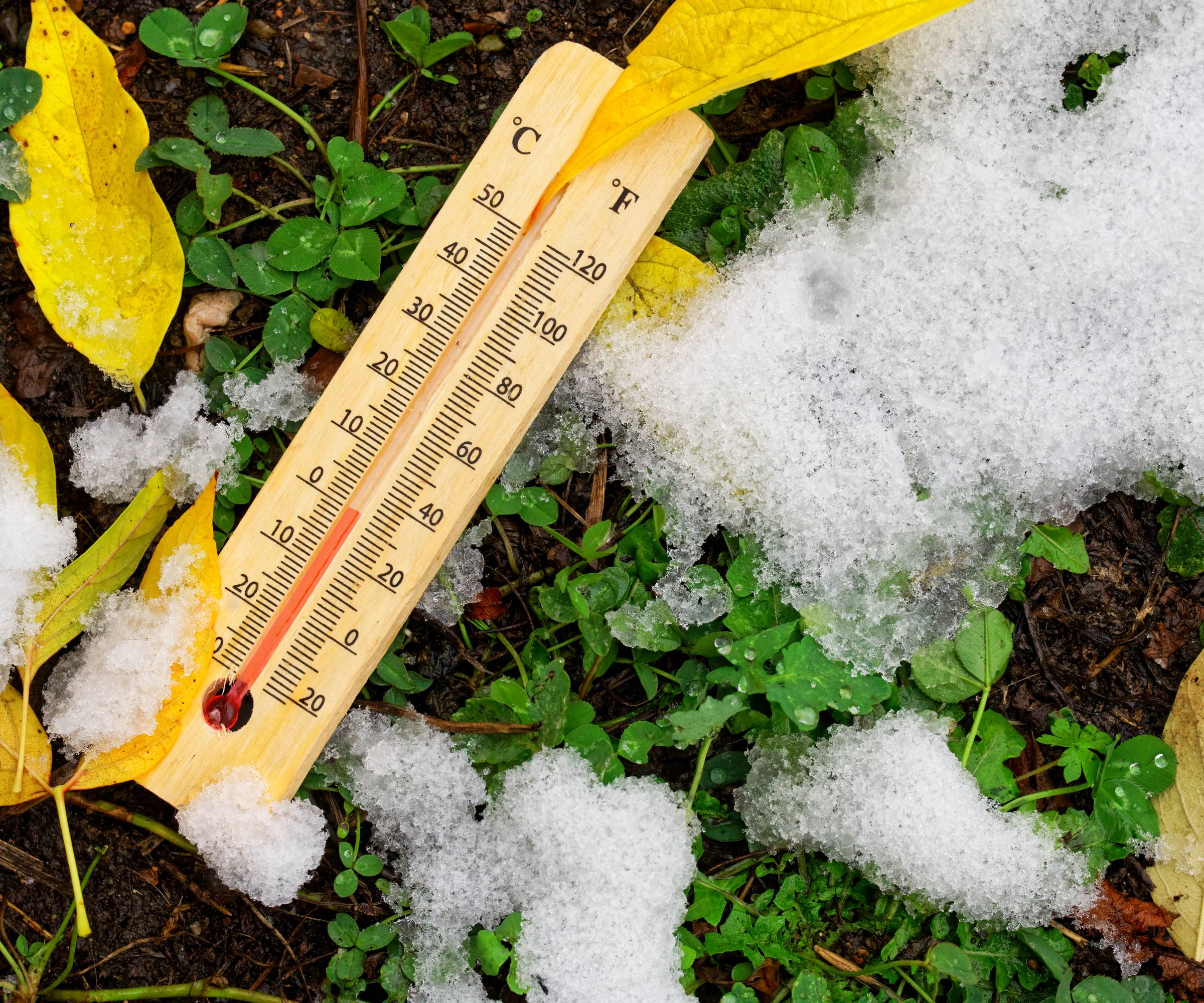
What temperature to bring plants inside really depends heavily on what kinds of plants you’ve got. Softer, more tender plants like geraniums or coleus need to be carried inside to acclimate when nights hit 45-50F (7-10C), and tropicals like the hibiscus can’t deal with anything below 50F (10C). Tough herbs like rosemary might still thrive until 40F (4C).
Your local weather sets the whole outlook. Coastal spots hold warmth longer. Inland areas cool quick. It helps to have something to measure temperature with. This digital thermometer from Amazon is the perfect go-to for tracking outdoor temps. Start shifting plants when nights stay steady at 50F (10C). Waiting for a plunge below 40F (4C) can wreck them. Check plant tags for the odd-ball ones.
How to Acclimatize Plants for Indoors
Plants hate quick switches, and won’t do well with the sudden change. Run them inside too fast, and leaves fall off. Start by sticking them in a shady outdoor spot for a week when temps hit 50F (10C). Ease up on water to match the drier indoor air.
Sign up for the Gardening Know How newsletter today and receive a free copy of our e-book "How to Grow Delicious Tomatoes".
Then move them to a porch or garage for 3-5 days. Inside, pick a spot with light close to their outdoor setup. Plants like sun-hungry geraniums need a bright window. A grow light can saves dim rooms.
Personally, I use quite a large light in an indoor horticultural tent. To match my exact setup, you will need the Spider Farmer 800 watt LED like this one from Amazon. You’ll need a simple 4x4 grow tent from Amazon, as well. Citrus trees and other sun hungry plants will appreciate it. Tropicals like ferns want a small humidifier for 50-60% humidity. Water lightly at first - let soil dry a bit between sips.
Key Plant Categories and Timings
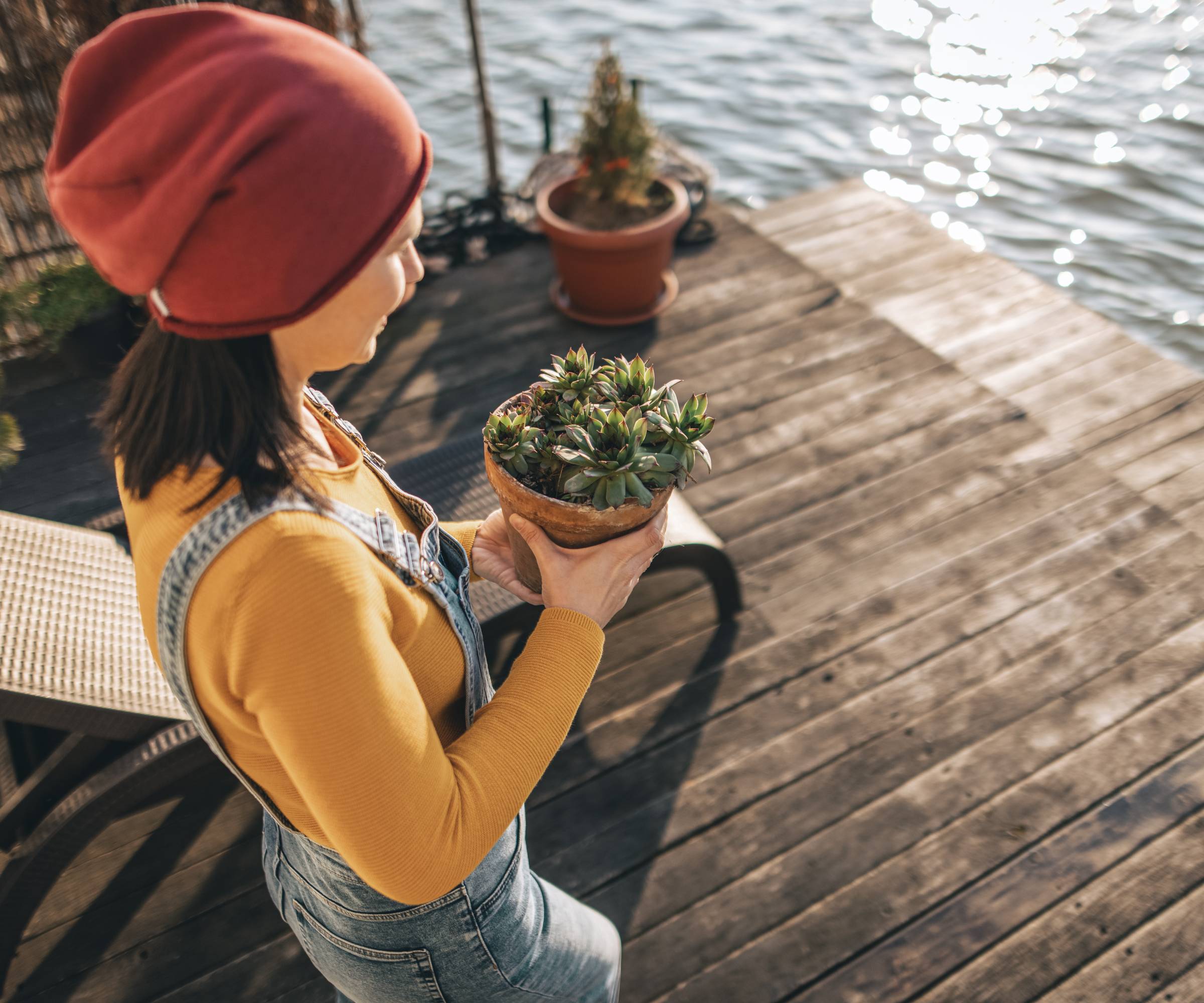
- Tropicals - Some plants are absolute wimps in the cold. Tropicals like ficus or citrus start sulking the minute nights dip to 50F (10C). Leave them out and you’ll see leaves drop overnight. They just can’t handle it.
- Annuals - Annuals like petunias and begonias hang on a little longer. They’ll usually keep blooming until mid-autumn, about 45F (7C). But when they crash, it’s not gradual. One cold night and they look like somebody pulled the plug.
- Perennials - Perennials are tougher. Lavender, salvia, even a few herbs will push right into November if nights stay above 40F (4C). They don’t die in one swoop. They slowly fade until frost finally takes them out.
- Herbs - Herbs are all over the place. Basil is a bit sensitive and starts yellowing below 50F (10C). Thyme, oregano, and sage are the opposite. They barely notice a cool snap in the mid-40s.
- Succulents - Succulents like aloe or jade make people overconfident. Some will hold steady down to 40F (4C), but others melt down fast. You’ve got to know which type you’ve got, or you’ll learn the hard way.
- Oddballs - And then there are the weirdos like orchids, carnivorous plants, all the exotic stuff. Each one has its own bottom line. Guessing usually ends with a plant funeral, so it pays to look them up before the nights turn sharp.
Common Mistakes to Avoid
Besides making sure that you don’t don’t pull the plants straight inside from full sun, there are some other things to consider. Fast light or temp shifts make them drop leaves or wilt. Check for pests before moving. Aphids or spider mites sneak in easy. Hit them with some neem oil to stop bugs cold.
Quarantine is non-negotiable. Keep new plants separate for 2-3 weeks to catch stowaway pests. Overwatering is a bad too. Indoor plants need less than outdoor ones. Let soil dry a touch between waterings. Forgetting humidity for tropicals like orchids spells trouble. Get these down, and your plants settle in fine.
Final Thoughts
Bringing plants indoors for winter actually does takes some planning. Spot yellow leaves or temps like 45-50F (7-10C). Ease them inside slow. Know which plants move when. Skip goofs like missing pests or overwatering. With good houseplant care, your outdoor gems will flourish indoors all winter.
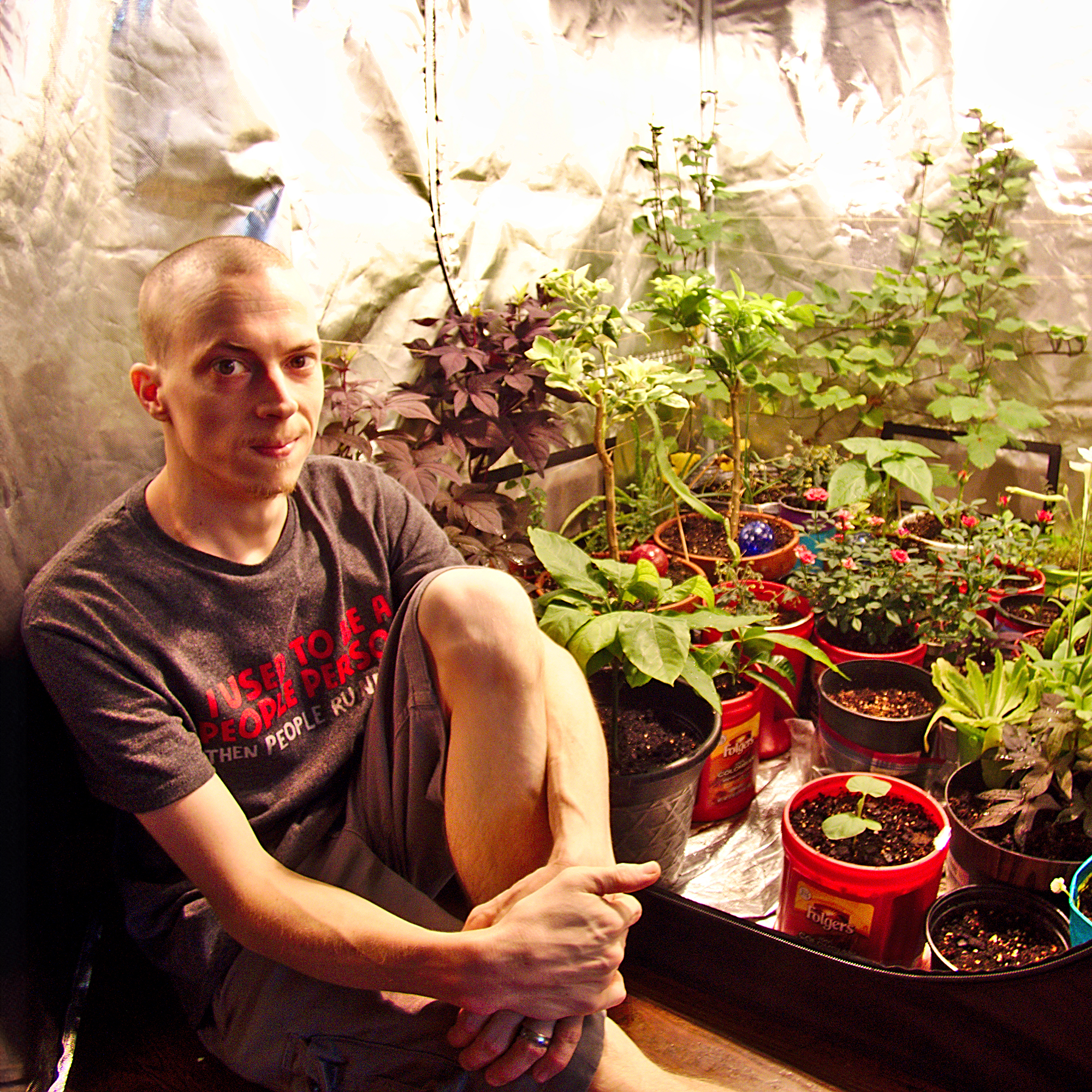
Tyler’s passion began with indoor gardening and deepened as he studied plant-fungi interactions in controlled settings. With a microbiology background focused on fungi, he’s spent over a decade solving tough and intricate gardening problems. After spinal injuries and brain surgery, Tyler’s approach to gardening changed. It became less about the hobby and more about recovery and adapting to physical limits. His growing success shows that disability doesn’t have to stop you from your goals.